By Christopher Miskimon
The Wagner Group is Russia’s main Private Military Contractor (PMC), a new term for the age-old concept of mercenary bands. Wagner had thousands on its payroll, sending them wherever Vladimir Putin, Russia’s leader wanted them. Many of its members had prior service in Russia’s elite forces, such as Spetsnaz or the airborne forces. Often, they supplied shock troops and reserve exploitation forces for operations. Wagner troops are often paid two or three times more than regular Russian soldiers, giving rise to envy and disdain among those they are present to support. When Russia deployed forces to Syria in 2015, Wagner mercenaries went along.
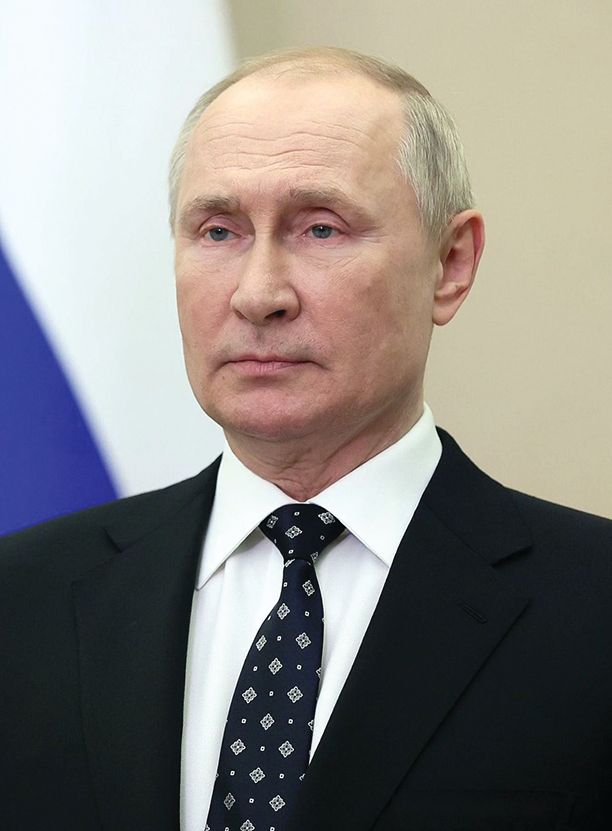 At their peak, Wagner maintained a substantial force in Syria with about 2,500 personnel. They organized into four battalion sized units, with three companies each. Within this ad hoc brigade were support units including a tank company equipped with T-72s, a reconnaissance company and an artillery battalion along with logistics units. Such a large force proved expensive to support, but in the first years of the deployment there was money to be made. For a time, the Wagner unit occupied pride of place in the Russian forces in Syria.
At their peak, Wagner maintained a substantial force in Syria with about 2,500 personnel. They organized into four battalion sized units, with three companies each. Within this ad hoc brigade were support units including a tank company equipped with T-72s, a reconnaissance company and an artillery battalion along with logistics units. Such a large force proved expensive to support, but in the first years of the deployment there was money to be made. For a time, the Wagner unit occupied pride of place in the Russian forces in Syria.
The Battle of Khasham of February 7, 2018, proved how much this situation had changed by then. A group of Wagner mercenaries, leading a mixed force of Syrian soldiers and Iranian trained militiamen, advanced on a Syrian Defense Force (SDF) outpost near the town of Khasham. The SDF had reclaimed this area from ISIS the year before and there was a substantial force of US Special Forces at the outpost. American reconnaissance assets had spotted the 500-strong Wagner group assembling days earlier and monitored them since. The Americans contacted the Russian military through a deconfliction line set up to avoid any direct combat between US and Russian forces. They asked if the approaching forces were Russian.
The Americans received a reply: the Syrian group had nothing to do with the Russians. Given this assurance, the US command decided to make an example of this force, which was by now shelling the outpost with artillery. In response, the Americans demonstrated the firepower they could muster. Aircraft including B-52 bombers and F-15E Strike Eagles pounded the Wagner-led force from the air. Rocket artillery from HiMARS rocket launchers added to the maelstrom while AH64 Apache helicopter gunships used their 30mm cannon and Hellfire missiles. These attacks went on for four hours, until the battered and broken Russian/Syrian force retreated. They suffered two hundred casualties in the fighting, including perhaps a couple of dozen Wagner mercenaries. The SDF had one man wounded with no Americans hurt or killed.
How had the Russians not known about their own mercenary’s location and actions? It may have been a simple error on the part of the Russian staff. It may have been due to resentment by the Russian regulars against the cocky and expensive Wagner troops, who by 2107 were less needed in Syria. Also, by 2018 the money had started to dry up, and one of the Wagner group’s reported owners, Yevgeny Prigozhin, had recently struck a deal with the Syrian Energy Ministry for 25% of the oil and gas revenues for areas Wagner recaptured for the government. Khasham was on the route to such an energy-rich area.
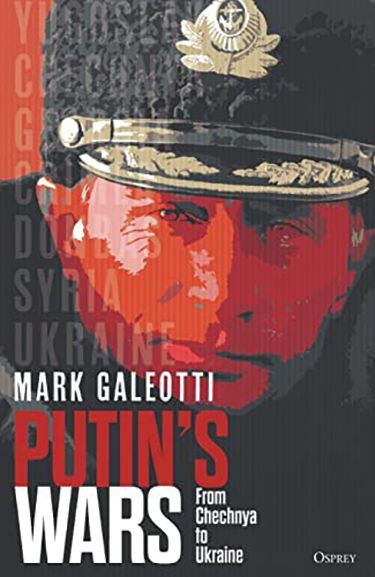 The rise and use of the Wagner Group is but one facet of Russian military operations since the end of the Cold War. Russian troops have been active in numerous conflicts since Vladimir Putin assumed leadership, including Chechnya, Georgia, Syria, and Ukraine. The history of these conflicts is covered in detail in Putin’s Wars: From Chechnya to Ukraine (Mark Galeotti, Osprey Publishing, Oxford UK, 2022, 384 pp., maps, photographs, bibliography, index, $35, hardcover). It highlights Russia’s ongoing attempts to prove its military might on the world stage and thus its relevance as a world power.
The rise and use of the Wagner Group is but one facet of Russian military operations since the end of the Cold War. Russian troops have been active in numerous conflicts since Vladimir Putin assumed leadership, including Chechnya, Georgia, Syria, and Ukraine. The history of these conflicts is covered in detail in Putin’s Wars: From Chechnya to Ukraine (Mark Galeotti, Osprey Publishing, Oxford UK, 2022, 384 pp., maps, photographs, bibliography, index, $35, hardcover). It highlights Russia’s ongoing attempts to prove its military might on the world stage and thus its relevance as a world power.
The book’s prime focus is on conflicts waged since Putin assumed the Presidency of Russia in 2012, but there is extensive historical information on the years since the Soviet Union dissolved and their effect on the current Russian situation. The author is an acknowledged expert on Russian military affairs and has traveled extensively in the country. This allowed him to gather details from a wide variety of sources within the country. The narrative also provides information on how and why Putin has used his military resources to try and regain Russia’s place among the major powers of the world. Its successes and failures are instructive to readers trying to make sense of the Russian military and how it is operating in the current day.
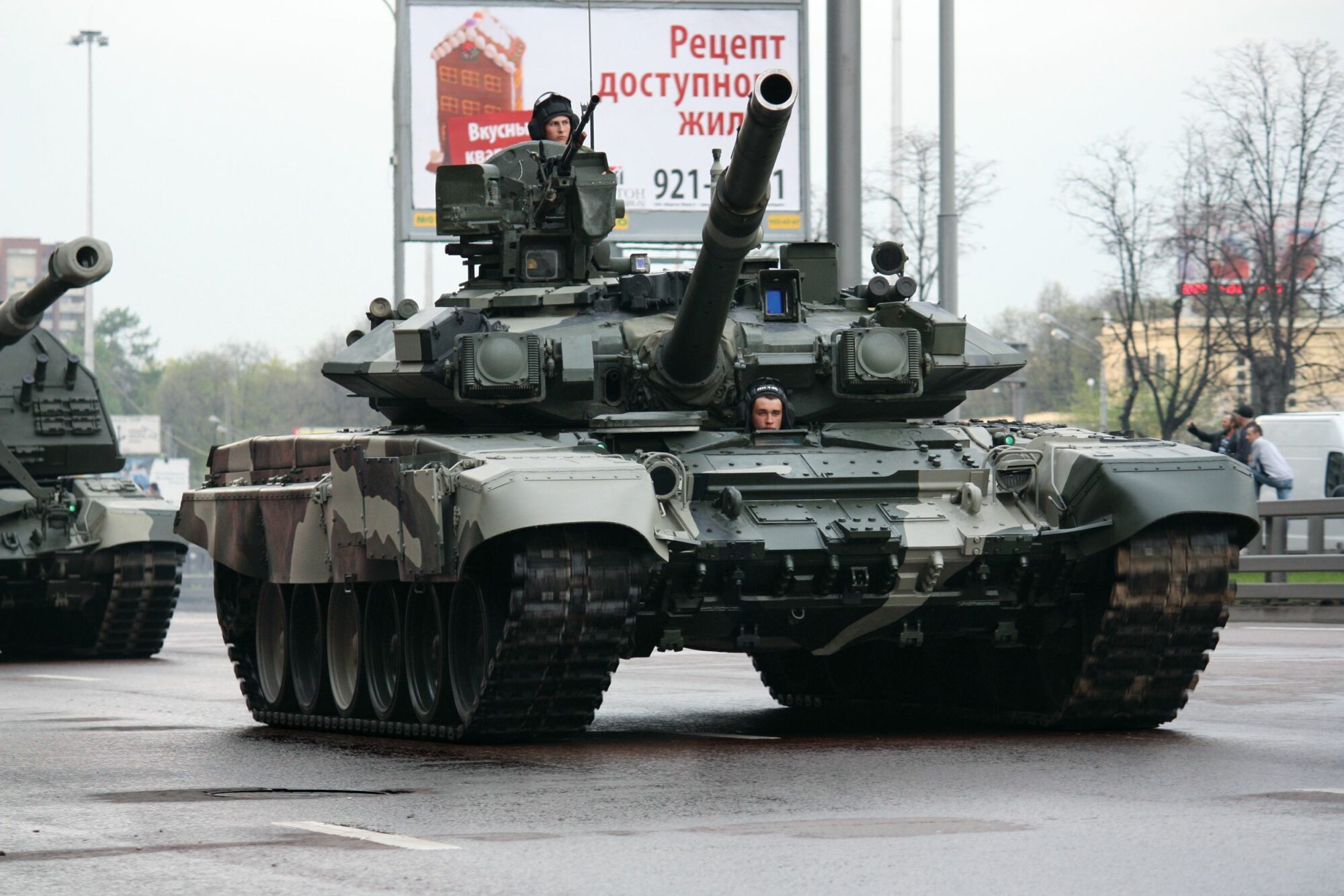
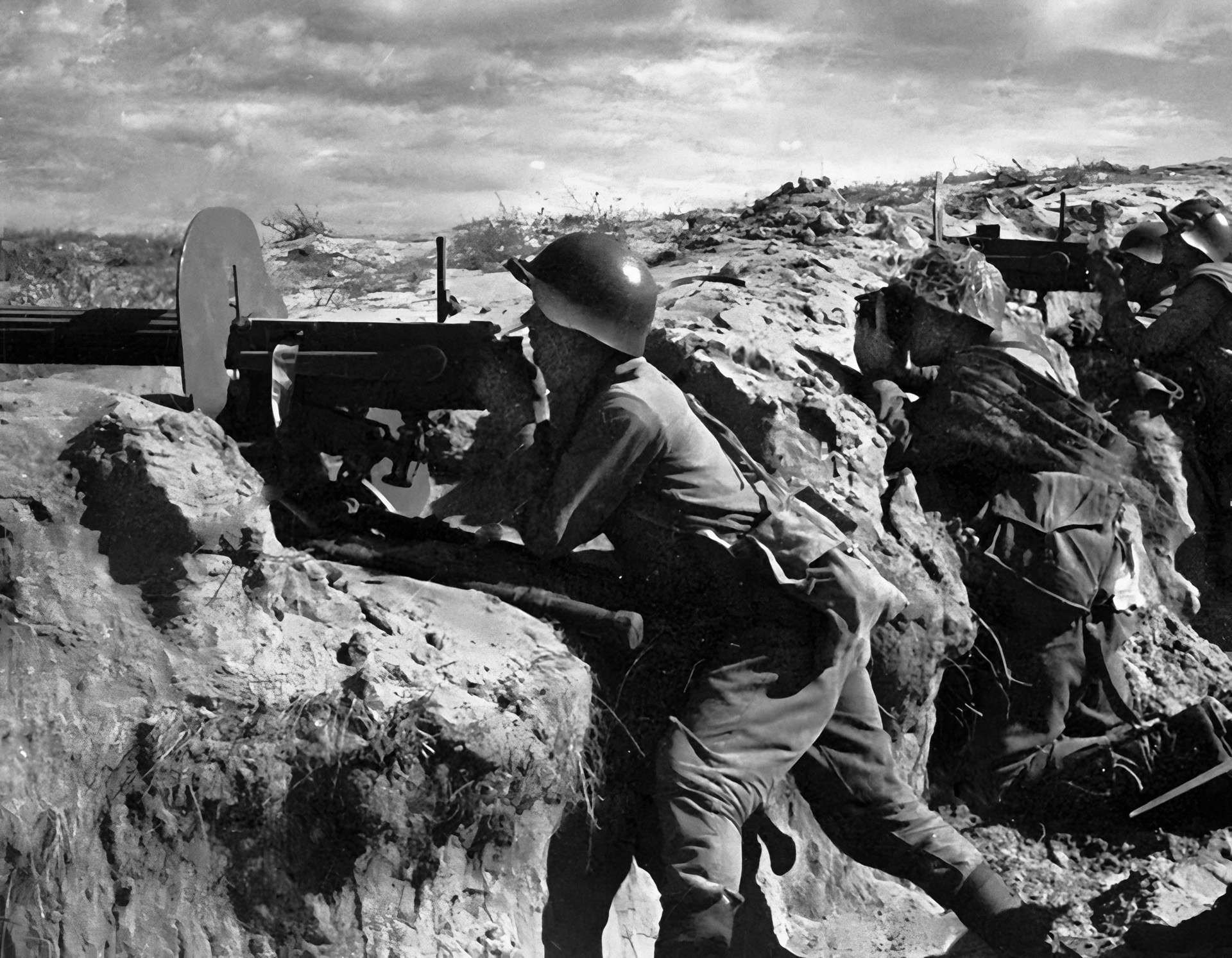
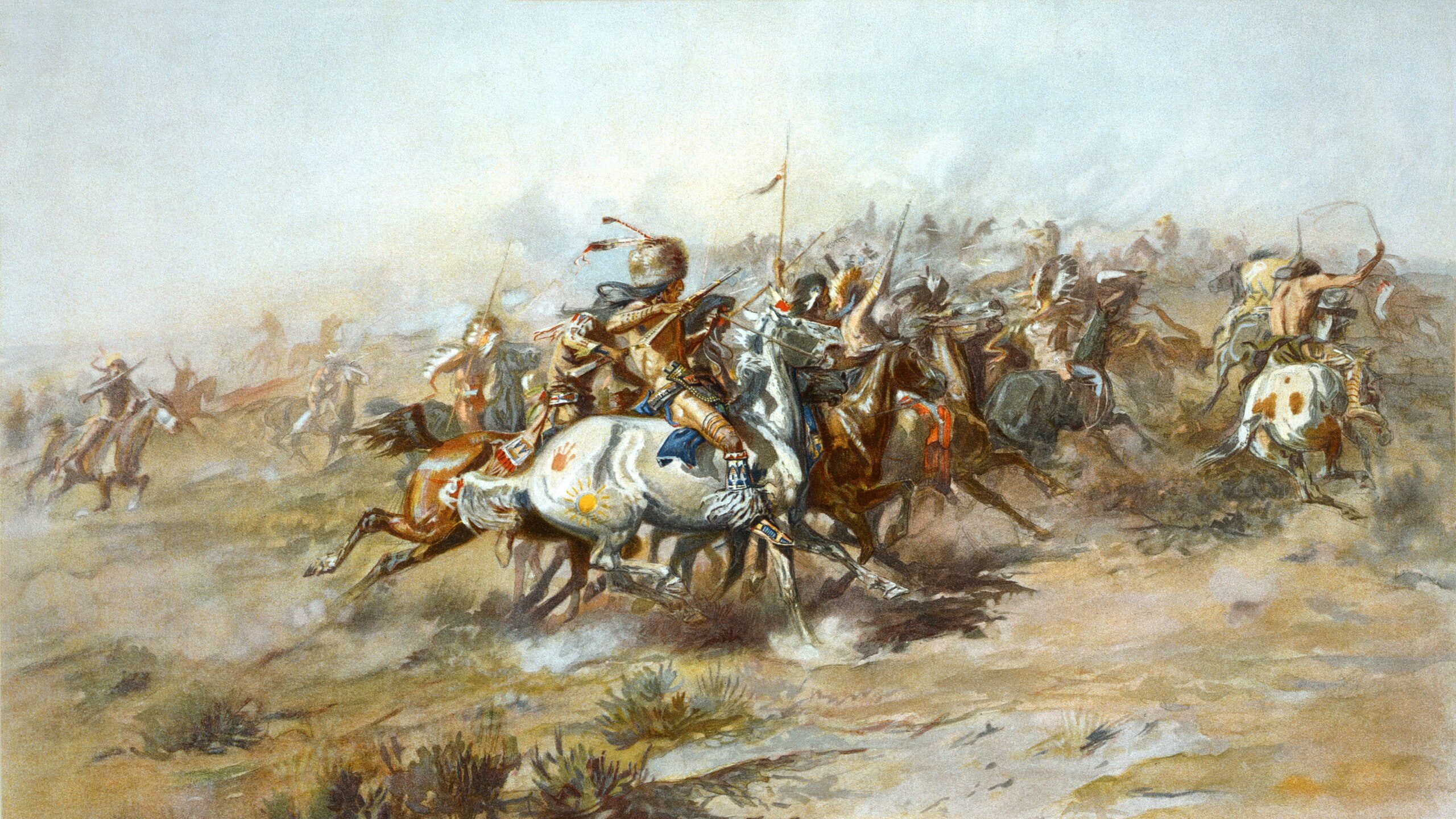
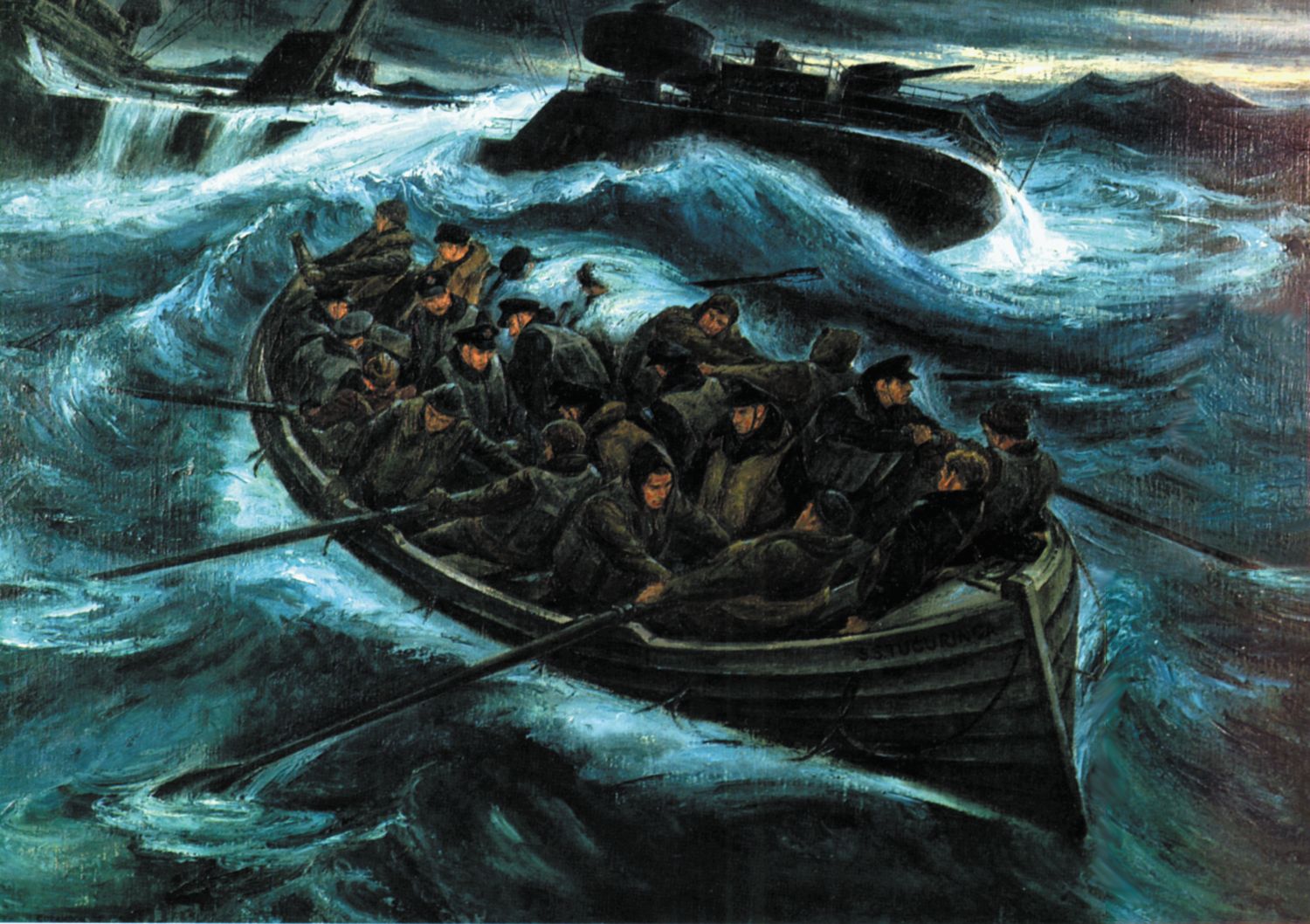
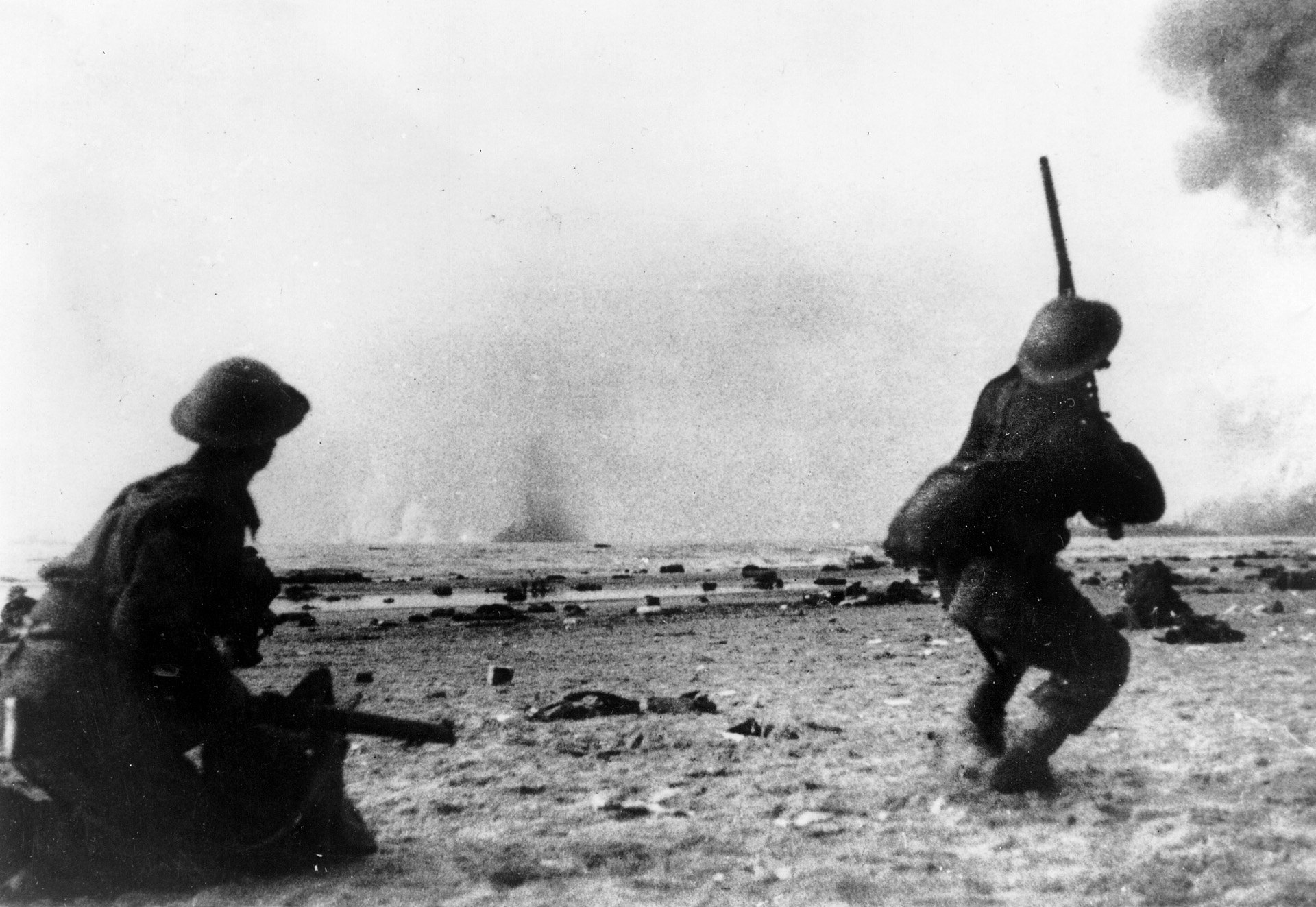
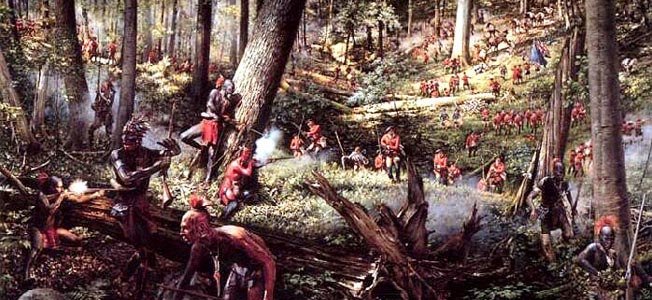
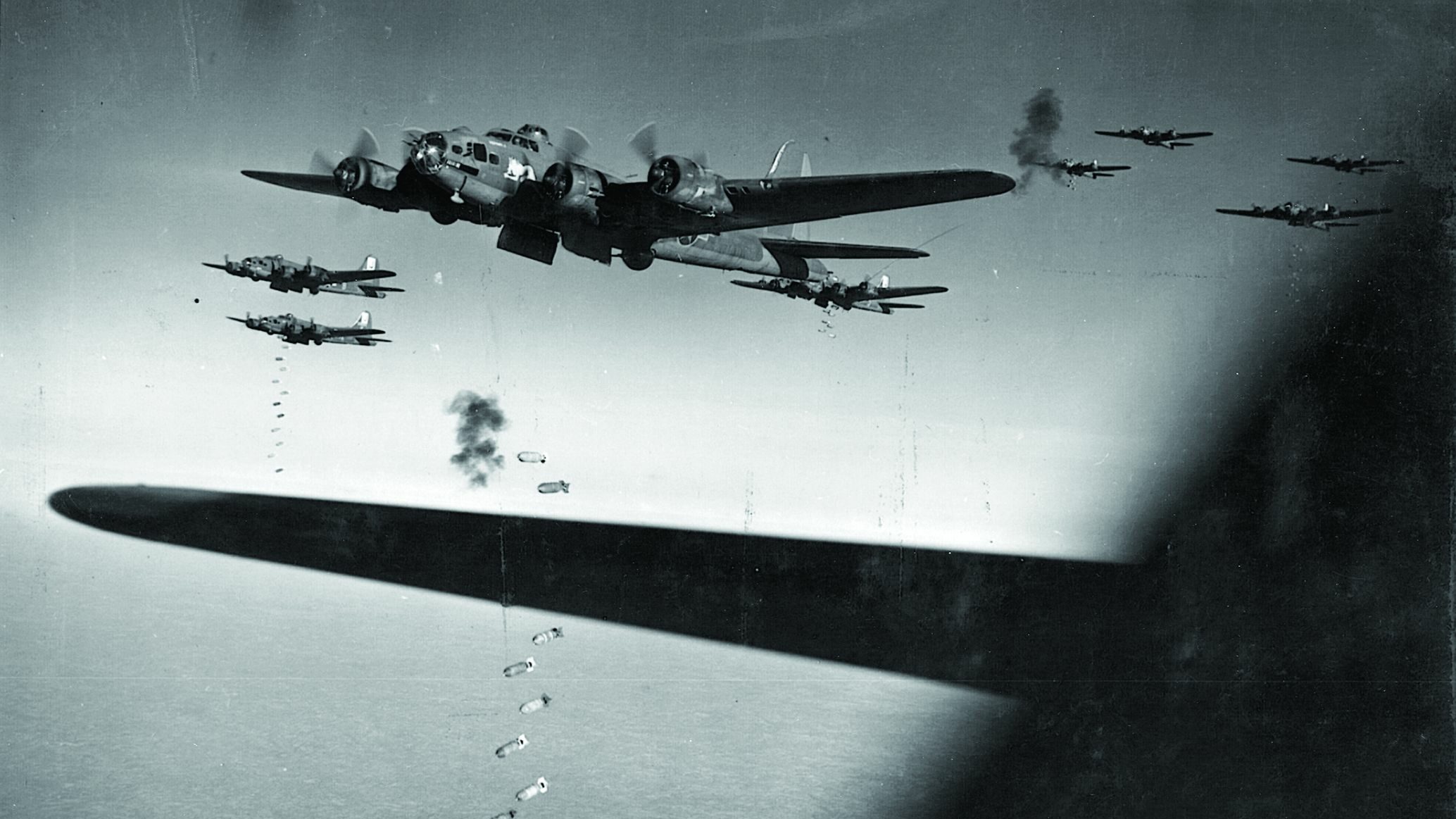
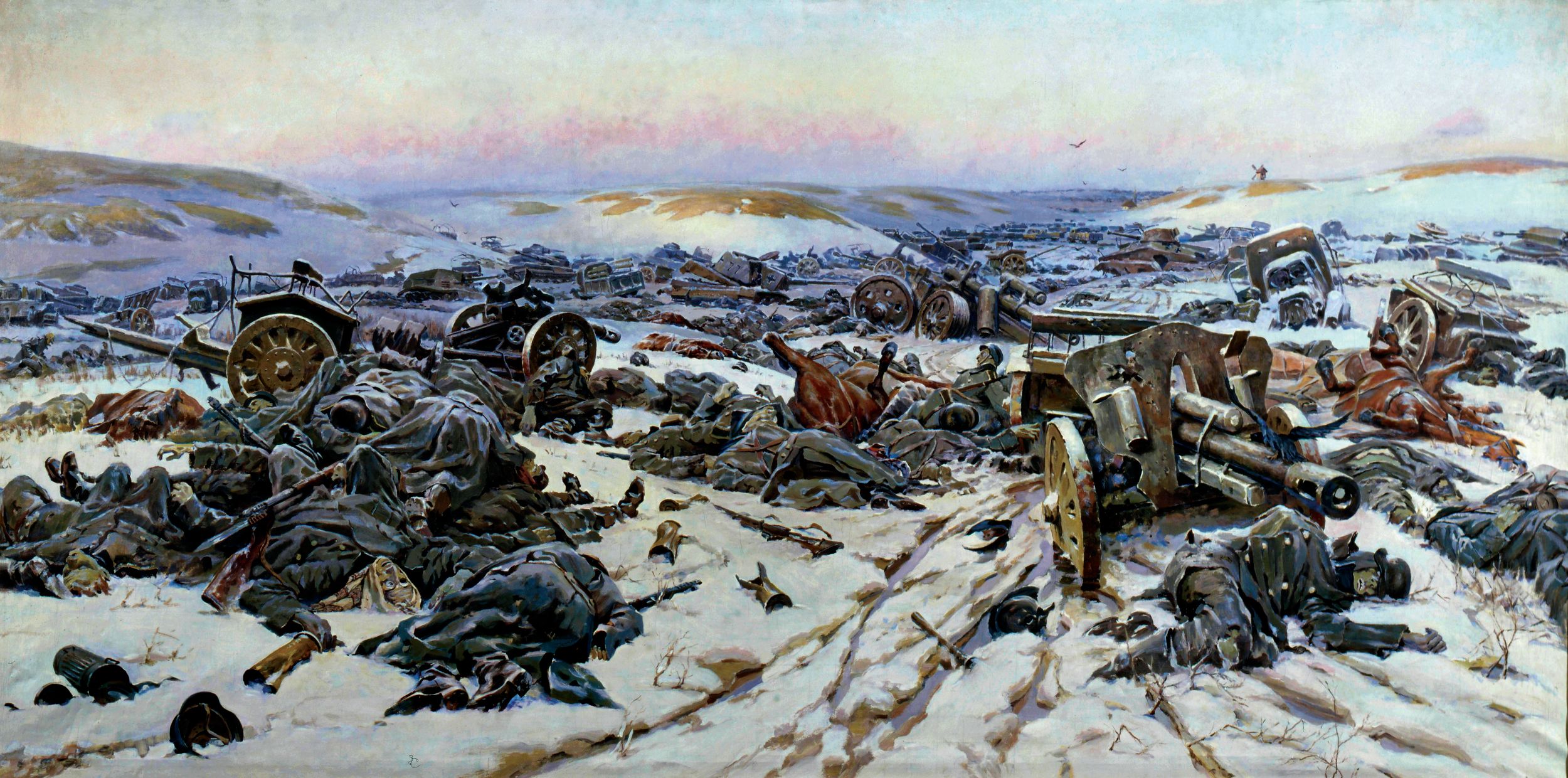
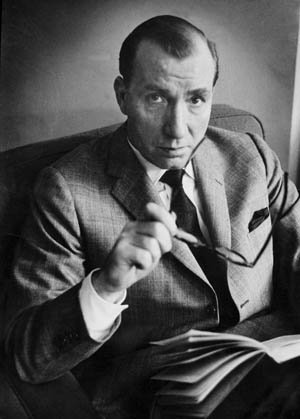
Join The Conversation
Comments
View All Comments